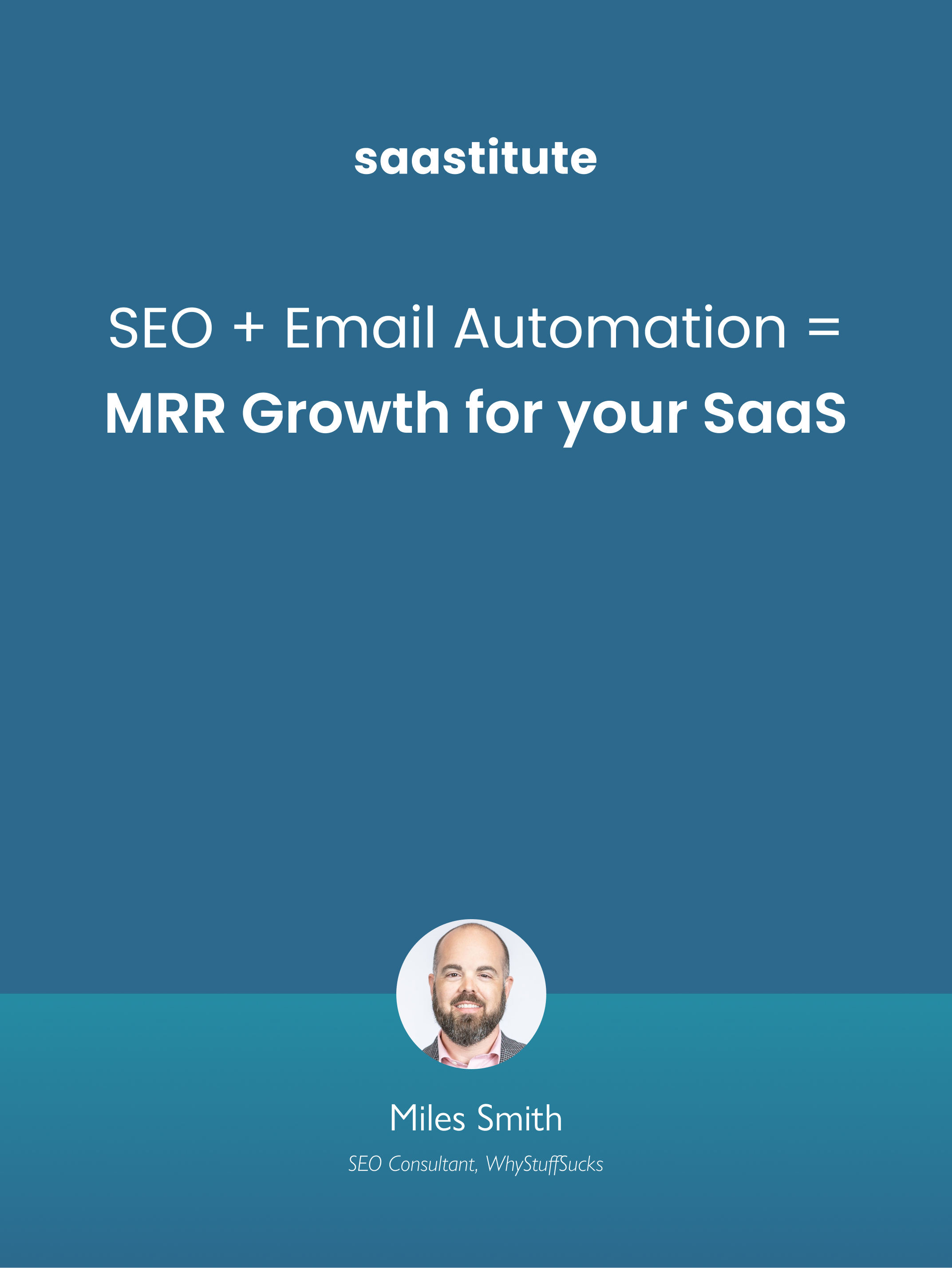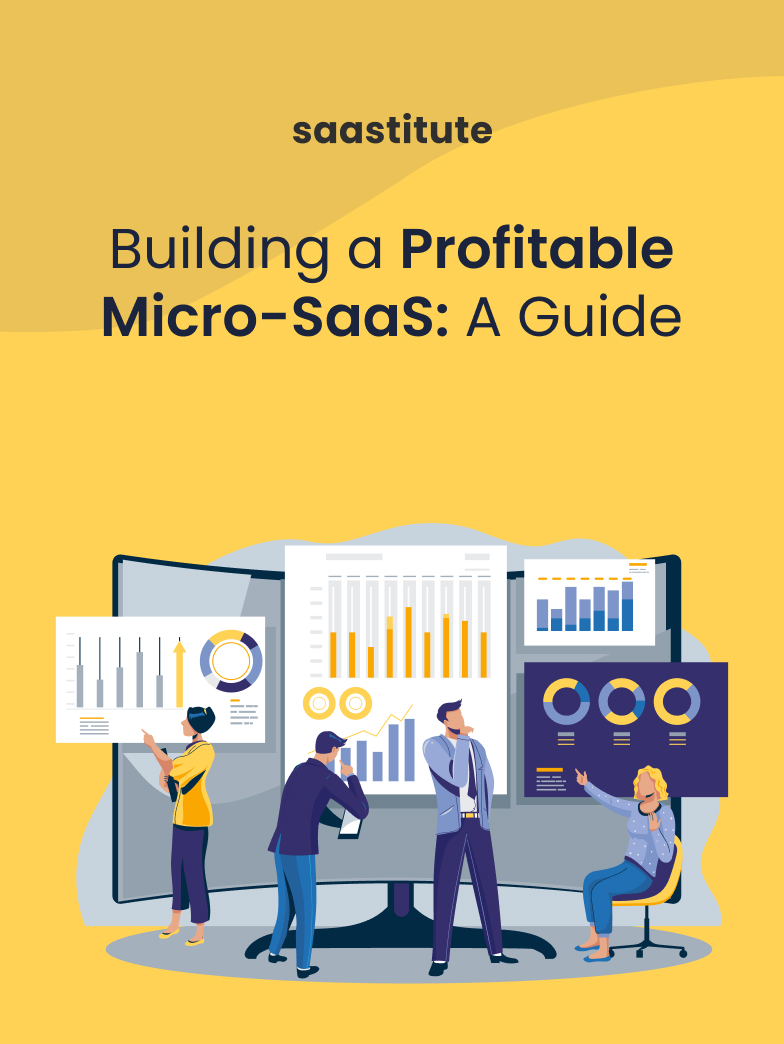How To Build a Perfect Pitch Deck for Your SaaS Startup
Here are a few elements that matter the most while building a pitch deck. Check out what it means and a few quick tips for building the perfect pitch deck.

SaaS startup entrepreneurs often have great ideas and the enthusiasm to make great things happen, but they lack the necessary capital to transform their ideas into reality. They face a range of challenges as they build their new venture under extreme uncertainty.
Amongst the most important, is the problem of attracting initial financing. While there is no secret formula that guarantees a successful round of funding, there are a few things you can do to tilt the odds in your favor. Here are some of the top venture capital firms for early-stage businesses, to keep an eye out for.
To tell your startup story and captivate investors, you need a quick, to-the-point way to highlight your business plan - A Pitch Deck. It lays out the groundwork for any entrepreneur who wants to seek investors. A great way to attract potential investors is with an impressive but concise pitch deck, as this can give them a snapshot of your business plan without boring them with unnecessary details.
What is a Pitch Deck?
A pitch deck, also known as a startup deck, is a quick overview of your business presented in a slide format that demonstrates your expertise.
A pitch deck is the key communication tool for other stakeholders including potential partners, team members and investors. A good pitch deck allows you to explain why your business is worth a long-term financial commitment. It covers all the products and services you provide, your financial projections, key metrics like valuation, target market and funding needs.

When your deck rocks, people think you rock too!
What should your Pitch Deck include?
Creating a perfect pitch deck is no easy feat. When it comes to building one, the most important thing is to deliver relevant information in an organized and concise way. A person with no experience in startups might not exactly know what goes into building a solid startup pitch deck that leads to a successful fundraising round.
While every business is different, the best pitch decks are those that are short, simple and easy to follow. There is no golden rule when it comes to the number of slides that you should include within your pitch deck. Although, a concise and well-designed deck with around 10-12 slides should do the job. After all, ‘Design is the silent ambassador of your brand’.
If your slides do not serve an ultimate purpose, then consider removing them from your pitch deck.
If you're ready to create a solid pitch, these are the elements that matter the most.
Business Statement
First impressions last.
A business statement is the first impression of your startup. It provides a quick overview of your business to the investors. Use the KISS (Keep It Short & Simple) principle and be to the point. Make sure you include your logo and a tagline that aligns with your business vision.
The Problem
It’s important that your business idea solves an actual problem. Enunciate the problem you are trying to solve that the customers face. This will help demonstrate the necessity of your product in the market. If your business addresses a reasonable problem, the investors can easily understand your business goals.
The Solution
Offer multiple helpful solutions to the problems you presented. The solution is patently the product you’ve built. Now is the time to show off your product and how it offers a better solution than the existing services. Including videos, pictures or illustrations can be very effective with this slide to impress the investors.
Target Market
Explain what your target market looks like, how large it is and how you can advertise towards that particular channel clearly. This will determine whether you will get the funding round or not as the investors may or may not find the potential ROI up to par.
Business Model
Now that you have described your idea, you need to report how it will generate revenue. Your business plan will include financial projections, but your business model should focus on how you intend to make money and how you will stay afloat while bringing in no revenue. Flesh out the details about the costs that go into running your business, including rent, employee salaries, marketing budget and anything that will be necessary to keep it running.
Traction & Roadmap
The traction you have gained is a testimony to the need your marketplace is solving. Share specific numbers of users and traffic, revenue and profit margins. The primary objective of this slide is to reduce any fear of risk to potential investors. You can include some of the milestones your startup has achieved and the forthcoming ones you expect to achieve.
Marketing / Sales Strategy
Even if you are at the early stage of your startup, you still need a solid plan to bring traction. Have marketing and sales strategies in place as it helps investors validate your approach and understand what channels you plan on using.
Management Team
The right management team can make or break a startup business. Listing down your management team’s expertise can help grow the business. Mention what your management team brings to the table as this is one of the most important reasons for investors to invest in your startup. You can also address your funding history and company growth.
Competitive Analysis
Competition thrives in the marketplace, but that doesn’t mean you can’t thrive along with it. Your product might have great potential but in order to win the big game, you need to show how it is better than your competition and why customers should choose you.
Financials
Investors are interested in your company’s financial health for the last 3-5 years along with details of the business model and finances. Highlighting sales forecast, total expenses, income statement and cash flow forecast. You should present this information in the form of bar graphs and pie charts as it will be more effective. You can also discuss your operating structure and how to make more money.
Use of Funds
Finally, it’s time for the ask!
Remember to be tactical here.
Explain why you need the amount of money you are asking for and how you plan on using the money. You also need to explain how you plan to achieve your business goals and most importantly, how the investors will benefit from investing in your idea.
Other Slides
While you think your short pitch deck is very helpful, sometimes it’s nice to have extra information that gives a bit more context. Investors most likely review your deck after you present, so it's helpful to include additional slides to answer questions they might have. For example, who are the company's advisors? Who are its biggest customers? Is the company hiring?
With your goal in mind, take a look at the slides you've created and ask yourself if each element does its job to communicate that goal. If not, then it's time to edit that element out of your slide.
You might also like to read about how to write cold email pitches to VCs that get answered.
Quick tips for building the Perfect Pitch Deck
Keep it Simple
For an investor pitch, less information is better than too much information. You need to keep room for questions. The simpler the pitch, the better you convey your ideas.
Tell a Story
People need stories….
They are more powerful than facts and figures. A great story will help you build an emotional connection between the investors and your venture.
Skip the Bullets
Keep bullet points to a minimum. Slides full of bullets are very dull and don’t help tell a story. Express your ideas through videos or pictures wherever possible to keep the deck interesting and engaging.
Keep it Straightforward
Less is always better. Don’t create too many slides as it may overload the investors with too much information. Make sure you have plenty of time for questions and discussions about your business idea.
Also read, how to choose the right VC for your SaaS startup.
To Wrap up…
A pitch deck is an invaluable tool for a startup. It is one of the first interactions that people have with your business and that's why it is more important to make your pitch perfect.














.svg)


